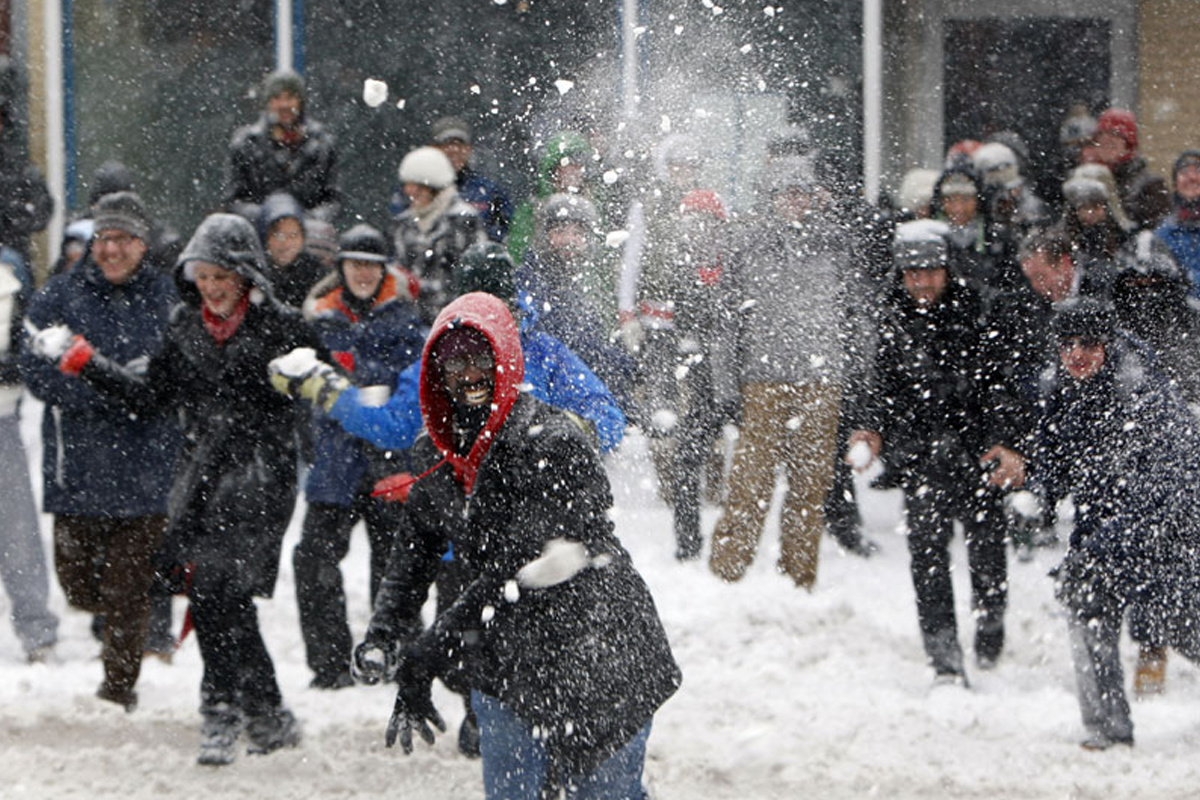
13 Nov Winter Shouldn’t Shut Down Our Cities — It’s Time to Revive Public Life in the Cold
By Ryan O’Connor, Director of Programs, 8 80 Cities
This post was originally published in Apolitical
This Winter is coming… Hold on, let me rephrase that: winter is coming! The days are getting shorter and the temperature is dropping, and we couldn’t be more excited.
Unfortunately, not everyone shares our enthusiasm for winter. Last week, 8 80 Cities launched a new project to change that. Wintermission will bring public life back to winter cities. We’ll do this by coaching three US cities to plan, pilot and implement creative solutions that reconnect people to each other and to public spaces in winter.
Many people think of winter as a time to hibernate. Most cities reinforce this idea by neglecting to animate parks and public spaces with unique winter programming, or by failing to keep sidewalks clear of ice and snow so people can walk all year round. This contributes to a sense of isolation which has serious consequences on our mental and physical health.
Cities have the capacity to build a culture of public life outside in winter
Research indicates that seasonal affective disorder (SAD) affects around 16 to 26% of the U.S. population. Even worse, the negative effects of winter disproportionately impact more vulnerable populations. Studies show that children play less, older adults walk outdoors less, and people, in general, are less physically active in winter. Many newcomer settlement agencies offer classes on how to “survive” winter.
We believe cities can do better than “survival lessons” by helping people thrive during winter. Through Wintermission, we want to bring warmth and a sense of community outside for people of all ages, abilities and backgrounds.
The inspiration for Wintermission comes from Canada and Nordic countries like Denmark, Sweden, Norway, Finland and Iceland. In Canada, winter-specific policies and guidelines, like the City of Edmonton’s WinterCity Strategy, have resulted in a more vibrant and active public realm during winter. Meanwhile, a “positive winter mindset” is a fundamental characteristic of the Nordic culture.
These attitudes have shaped the development of climate-appropriate designs, programs and uses of public spaces. The effect of this mindset for those residing in the Nordics is that people’s happiness and satisfaction with life does not fluctuate with the season.
We know that cities have the capacity to build a culture of public life outside in winter. The public realm presents the greatest opportunity to create socially connected and physically active communities throughout the entire year. Streets, sidewalks, parks, plazas, libraries, school grounds and community centres belong to everyone. We intend to leverage these civic assets to enhance social and physical activity during winter.
We want to break the cycle of the winter blues
To break the cycle of the winter blues, we’ve developed a three-step process:
Step 1: Spark a city-wide, inclusive conversation about winter. Together with project partners, we’ll ask people of all ages what they like and don’t like about public spaces in winter, and what would encourage them to spend more time outdoors.
Step 2: Bring winter ideas to life. Using the feedback and ideas collected, our partners will implement a series of short-term, low-cost projects to bring warmth and fun to wintery public spaces.
Step 3: Build the long-term vision. Taking all that we learn from Steps one and two, we’ll develop a unique Winter City Strategy that will provide a roadmap for each city to continue investing in and improving public spaces in winter.
Before this work can begin we need to find project partners. That’s why we opened the Winter City Vanguard competition which will identify three US cities committed to improving public life in winter. We are looking for community leaders who want their city to become a national leader in winter city programming, design and management. These cities will receive:
- Technical assistance from 8 80 Cities to develop a unique Winter City Strategy
- $15,000 to implement winter city pilot projects
- Travel expenses to attend the 2019 Winter Cities Shake Up conference
- Ongoing capacity-building opportunities from winter city global leaders



